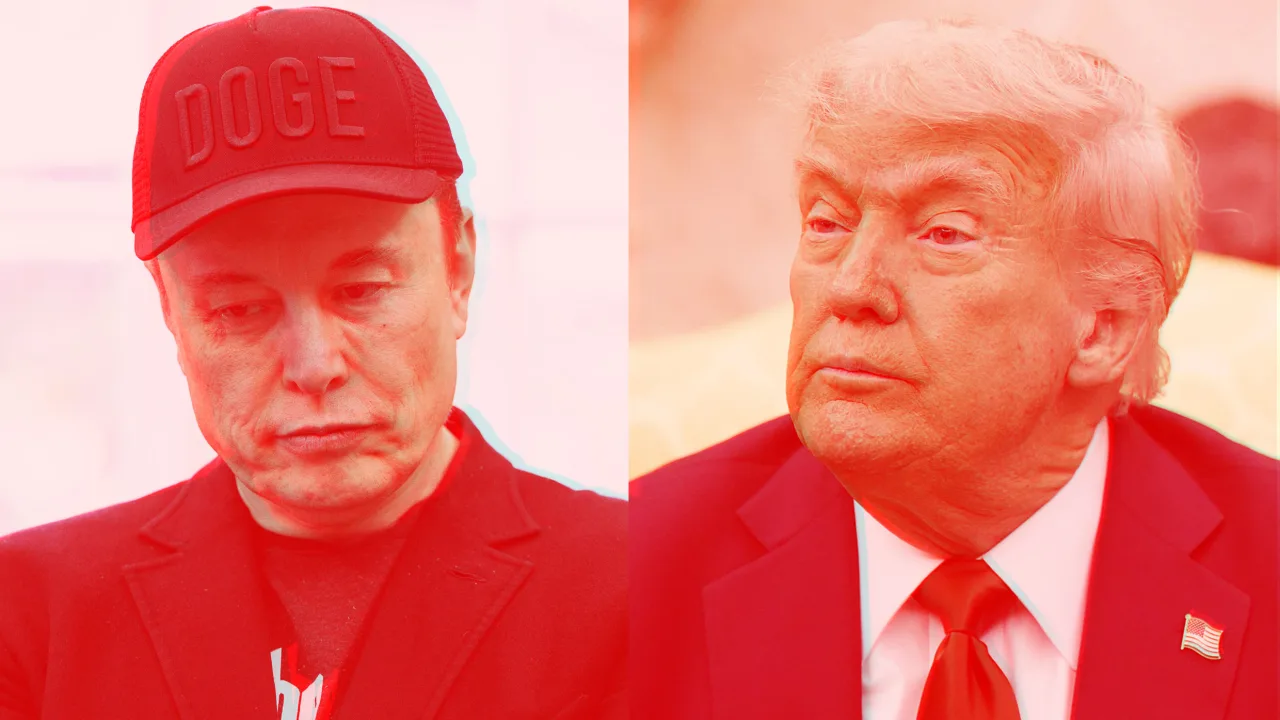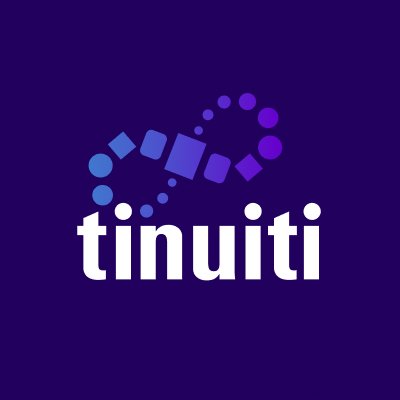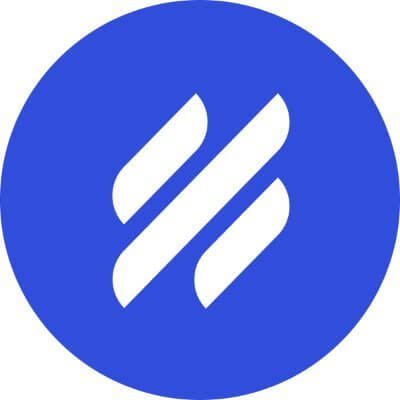Key Growth Drivers and Industry Insights Shaping the Future of the Europe Facial Injectables Market
Europe facial injectable market size was valued at USD 2.91 billion in 2023. The market is anticipated to grow from USD 3.21 billion in 2024 to USD 7.33 billion by 2032, exhibiting a CAGR of 10.9% during the forecast period.
The Europe facial injectable market is witnessing strong and consistent growth, primarily driven by increasing consumer demand for minimally invasive aesthetic procedures, growing awareness of cosmetic enhancements, advancements in injectable technologies, and an aging population seeking anti-aging treatments. Facial injectables, including botulinum toxin and dermal fillers, have become central to non-surgical facial rejuvenation in the European aesthetic medicine landscape.
A major growth driver for the market is the rising preference for non-invasive cosmetic procedures over surgical alternatives. Facial injectables offer reduced recovery times, lower risks, and immediate visible results, making them highly appealing among both younger consumers seeking preventive care and older demographics aiming for restorative aesthetic treatments.
The aging population across Europe is significantly contributing to the expansion of the facial injectable market. As the demand for treatments that reduce wrinkles, enhance facial contours, and restore volume increases among the elderly, aesthetic clinics and dermatology practices across the region are witnessing a surge in patient volumes. According to Eurostat, the share of people aged 65 and older in the EU is projected to increase continuously, making age-related aesthetic treatments a key growth segment.
Rising disposable incomes and increased consumer willingness to spend on personal appearance have also played a vital role in accelerating the adoption of facial injectables. In addition, the growing social acceptance of aesthetic procedures and increasing influence from beauty standards on social media platforms have led to an increase in demand among younger age groups.
Technological advancements and innovation in filler formulations are reshaping the facial injectable landscape. Next-generation hyaluronic acid (HA) fillers, biostimulatory fillers like calcium hydroxylapatite (CaHA) and poly-L-lactic acid (PLLA), and longer-lasting botulinum toxin products are expanding treatment capabilities and enhancing safety and effectiveness. The demand for customized and natural-looking results is also prompting manufacturers to develop more tailored and targeted solutions.
Furthermore, the rising number of aesthetic service providers, including dermatologists, plastic surgeons, and medical spas, is helping broaden access to facial injectable procedures. Several European countries, particularly Germany, France, the UK, and Italy, are seeing an increasing concentration of licensed practitioners who offer these services in both urban and suburban areas.
Germany dominates the Europe facial injectable market, attributed to its advanced healthcare infrastructure, high per capita healthcare spending, and large population base actively seeking cosmetic procedures. The country is also home to leading aesthetic companies and regularly hosts international aesthetic congresses and exhibitions that drive innovation and education in this field.
France and the United Kingdom follow closely, supported by a well-established aesthetic culture and high levels of awareness regarding skincare and facial aesthetics. France's strict regulatory standards also ensure high-quality and safe injectable products, boosting consumer confidence. Meanwhile, in the UK, the rising popularity of minimally invasive cosmetic treatments is fueling the growth of the medical aesthetics sector.
The Switzerland-based players such as Galderma and Teoxane are significant contributors to technological advancement and R&D investment in the European facial injectable space. These companies continue to launch innovative fillers and toxin-based products to expand their clinical indications and cater to evolving consumer expectations.
Despite the rapid market expansion, certain factors restrain growth. Regulatory complexities, variations in practitioner training and qualifications across different European countries, and the risk of counterfeit or unapproved injectable products in the grey market can pose challenges to market safety and credibility. Moreover, concerns over adverse events, including allergic reactions or injection site complications, continue to call for stringent monitoring and skilled administration.
Nevertheless, the market is seeing increasing opportunities through male-targeted aesthetic solutions, combination treatments (e.g., combining fillers with microneedling or skin boosters), and expanded indications for therapeutic uses of botulinum toxin in conditions like bruxism and migraine. Additionally, teledermatology and AI-based consultation tools are gradually making their way into the aesthetic medicine sector, enhancing consumer engagement and personalized treatment planning.
Key Companies Profiled:
-
Abbvie (U.S.)
-
Galderma (Switzerland)
-
Ispen (France)
-
Merz GmbH and Co. KGaA (Germany)
-
Revance Therapeutics, Inc. (U.S.)
-
Sinclair Pharma (UK)
-
Teoxane (Switzerland)
-
Zimmer Aesthetics (Germany)
These leading companies are actively engaged in strategic product development, geographic expansion, and partnerships with clinics and practitioners to maintain their market dominance. The focus remains on developing safe, long-lasting, and natural-looking products to meet the rising demand for minimally invasive cosmetic treatments across Europe.
In conclusion, the Europe facial injectable market is set to continue its robust growth trajectory, fueled by aging demographics, rising beauty consciousness, and technological innovation. As consumer preferences evolve and access to aesthetic treatments widens, the market will present strong opportunities for established players and new entrants alike.
Network Function Virtualization Market
Digital Transaction Management (DTM) Market
Picture Archiving And Communication Systems Market
Customer Relationship Management Market
Parking Management Systems Market
Building Automation Systems Market
Stadium and Arena Management Market
Oncology companion diagnostic market













































































































































